Personalization has been top of mind for retailers for quite some time now – and with good reason.
Shoppers have come to expect experiences that align with their interests, behaviors, and preferences. An Accenture study revealed that 44% of consumers feel frustrated when companies fail to deliver relevant, personalized shopping experiences.
Unfortunately, most retail marketers are missing the mark.
More than half of U.S. senior decision-makers said that their organization “often fails to deliver the personalization … customers crave,” per a Verndale poll cited by eMarketer.
In today’s convoluted retail market, there’s little-to-no room for personalization mistakes. Brands that are unsuccessful at resonating with consumers pay a high price. Accenture found that poor personalization cost U.S. companies a whopping $756 billion in 2016.
Are you among the marketers who are still struggling to crack the code? The StitcherAds team compiled the biggest personalization mistakes retailers are making with their Facebook ads and how to tackle them.
1. Creating audiences that aren’t targeted enough.
It’s crucial that you target people depending on where they are in the purchase funnel. Someone who has never heard of your brand won’t respond to the same tactics as a tried-and-true fan of your products.
To reach customers at the top of the funnel, you could tap into lookalike audience targeting, interest-based targeting, and broad audience targeting. Here’s a pro tip for creating lookalike audiences: Facebook allows you to choose between 1-10% of the total population in the country you’re targeting ― with the 1% most closely resembling your source audience. The StitcherAds team recommends testing different percentages. So, target the 1% by itself and see how it performs. Then, target the 2% and exclude everyone who makes up the 1%. Take a look at how each segment performs, and adjust your bid and budget accordingly.
For shoppers who are in the consideration period—or the middle of the funnel—think strategically about how to retarget them. Use product audiences to dynamically generate segments of people who have interacted with your site. Our suggestion is to set bids based on the level of purchase intent and how recently they interacted with your site. For example, if someone added a blouse to their cart yesterday, you should bid more aggressively for that conversion than you would for a purchase from a shopper who simply viewed a product category page two weeks ago.
At the bottom of the funnel, you’re working to increase your customers’ lifetime value. Try creating product sets that complement your bestsellers. Create a product set of your best-selling products and an audience of people who recently purchased those products. Then, create the second product set featuring items that complement the bestsellers and promote them to your audience.
2. Targeting everyone as if they want to buy online.
Social media is an incredible driver for discovery, but it’s important to keep in mind that most retail purchases still take place in physical stores. Aligning with consumers’ online and offline behaviors is a key piece of the personalization puzzle.
If you’re only creating campaigns based on your customers’ online interactions with your brand, you are limiting your potential to drive personalization and revenue. By integrating your in-store data with Facebook, you can start to build audiences of in-store customers and create highly targeted campaigns.
Here’s an example of what that looks like in action:

This ad calls out that these sneakers are on sale both online and in-store. For those who want to go in-store, a map card calls out the location with the distance and store hours.
3. Relying on basic product feed photos to engage customers.
The consumers of today crave authenticity and connection. Generic stock photos of products in front of a white background convey the exact opposite.
Here are a few things you can start doing immediately to add a layer of personalization to your images:
Build a dynamic video strategy. Facebook’s dynamic product ads don’t support video, but they do support slideshow creative. StitcherAds uses dynamic creative capabilities to creative engaging slideshow creative for product catalogs instantly. When used in a dynamic carousel ad, these engaging pieces of creative will catch attention and increase conversions.

Use Dynamic Image Templates. These overlays can take a standard product shot to the next level. Use them to display dynamic elements (like strikethrough pricing) or static elements (like a logo) over your Facebook and Instagram ads. StitcherAds clients who use DIT see a 2X average increase in return on ad spend and a 16% average decrease in cost per purchase.

Curate user-generated content from your fans. There’s nothing like seeing real people using and loving your products to drive interest from other shoppers. In fact, 56% are more likely to click on a user-generated image than a traditional ad, according to Olapic.

4. Using the wrong ad format.
Select an ad format based on the type of audience you’re trying to reach. For new audiences, use canvas or collection ads to amplify your brand story and create an app-like browsing experience. When it comes to retargeting, use carousel ads to re-engage shoppers who expressed interest in multiple products or to make product recommendations.
5. Not testing enough.
Split testing can help you determine your higher-level strategy for Facebook and Instagram ads. User-generated content might resonate more with new audiences, while brand-produced lifestyle images might work better with existing audiences. Or, perhaps you’ll find that your broad audience responds better to best selling products vs. your entire product catalog. The more you test, the more personalized your ads will become.
Leave personalization mistakes in the past
In today’s market, implementing tactics for better personalization is not optional. It’s crucial. Modern consumers are presented with endless options, and brands that fail to stand out will almost certainly lose market share to their competitors.



